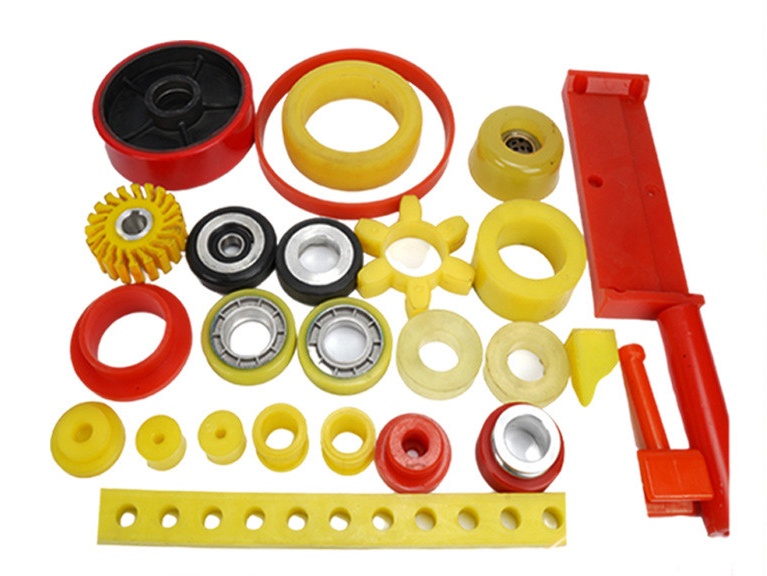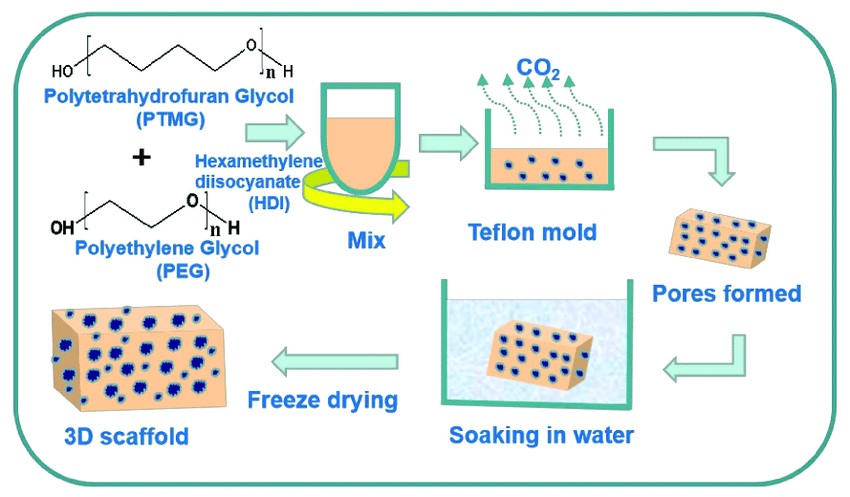
Polyurethane Plastic(PU)
* Polyurethane (PU) is the abbreviation of polyurethane, polyisocyanate and polyhydroxy polymer polymerization, is in the main chain of polymers containing many repetitive urethane chain segments (-NHCOO-) of polymer compounds.
* Customized PU plastic products
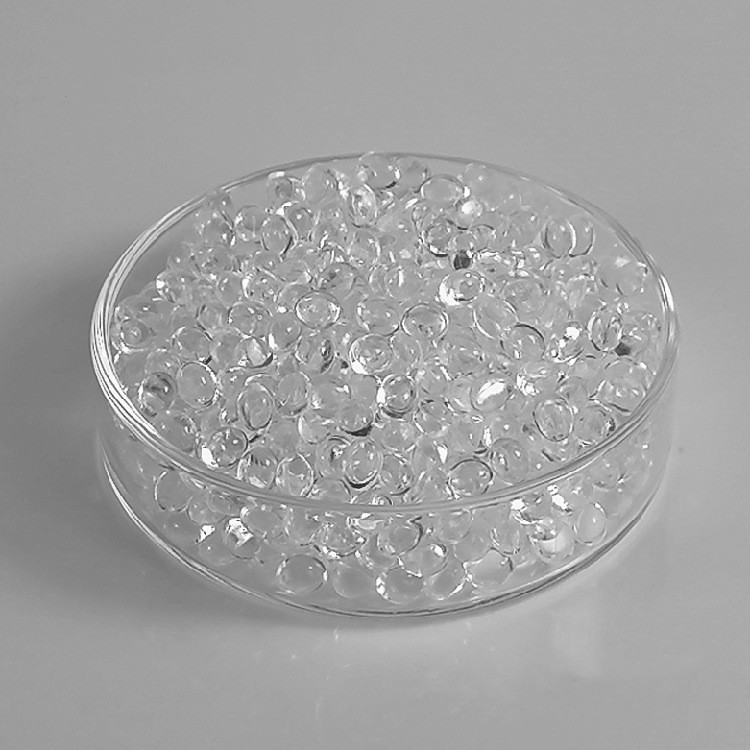
Polyurethane, also known as polyurethane and polyurethane, is a class of macromolecules containing urethane characteristic units in the main chain. This kind of polymer material has both the elasticity of rubber and the strength and excellent processing performance of plastic, and has significant application value in the seven major fields of plastics, rubber, foam, fiber, coatings, adhesives and functional polymers. Industrially it is widely used in low-speed tires, gaskets, car mats and other fields. In daily life, polyurethane is used to make various kinds of foam and plastic sponge.
What can you make with PU Plastic?
Polyurethane elastomers are a class of materials with both rubber and plastic properties, with good tensile strength, tear strength, impact resistance, abrasion resistance, weather resistance, hydrolysis resistance, oil resistance and other advantages.
Mainly used as structural materials (such as hoses, gaskets, belts, rollers, gears, pipes, etc.), insulators, shoe soles and solid tires. For example, as a mining sieve plate, it has lower noise, high permeability and wear resistance than traditional metal sieve plate. In addition, polyurethane has excellent biocompatibility, as a biomedical material, it can be used in pacemakers, artificial blood vessels, artificial bone, etc.
The following are some applications for Polyurethane (PU)
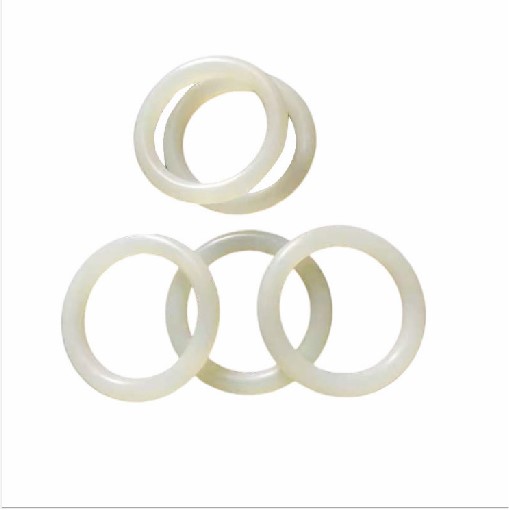
- Transportation
- Construction
- Machinery
- Electronic equipment
- Furniture
- Food Processing
- Textile and clothing
- Synthetic leather
- Printing
- Petrochemical industry
- Sports
- Healthcare
Polyurethane (PU) Characteristics
* Polyurethane foam is divided into 2 types: rigid foam and flexible foam, with excellent elasticity, elongation, compression strength and flexibility, as well as good chemical stability. In addition, polyurethane foam has excellent processability, adhesion, insulation and other properties, belonging to the excellent performance of the cushioning material.
Polyurethane elastomer because of its structure has a soft, hard 2 chain segments, so the molecular chain can be designed to give the material high strength, good toughness, wear-resistant, oil-resistant and other excellent properties, known as "wear-resistant rubber" polyurethane at the same time with the high elasticity of the rubber and the rigidity of the plastic.
* Polyurethane materials have strong polarity, which makes them able to bond firmly with most materials and can be used as adhesives in the bonding field.
* Polyurethane adhesives are mainly used in packaging, construction, wood, automotive, and shoe industries.
How is Polyurethane (PU) material made?
Due to the strong hydrophobicity of polyurethane, a new synthesis method must be used to prepare PU emulsion, the synthesis process of waterborne polyurethane is mainly as follows: ① by the oligomer polyol, chain extender, diisocyanate to form a high relative molecular mass of the PU pre-polymer; ② neutralized after the pre-polymer emulsified in water to form a dispersion.
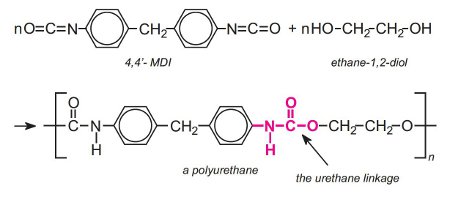
Polyurethane emulsion preparation methods have two main categories: external emulsification method and internal emulsification method.
1. The external emulsification method is the method of forced emulsification in the presence of emulsifier, high shear.
2. The self-emulsification method is done by introducing hydrophilic groups into the molecular skeleton of the polyurethane.
Hydrophilic groups are introduced into the PU molecular skeleton by chain expansion of hydrophilic monomers, which are composed of salt-forming groups and salt-forming reagents.
Polyurethane (PU)plastic recycling
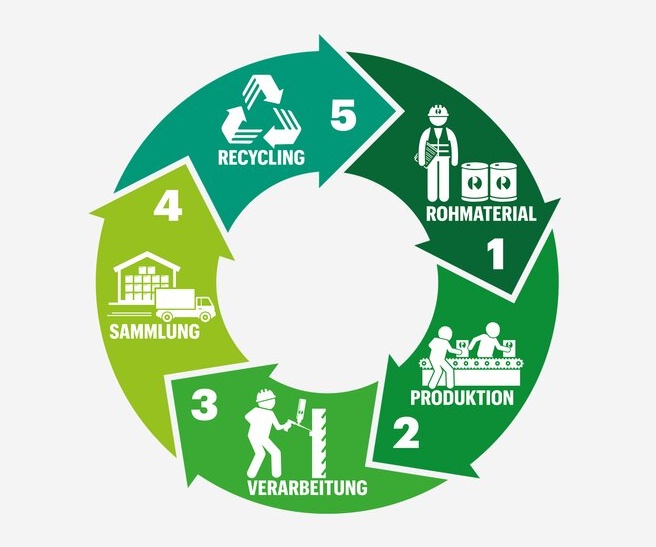
-
Polyurethane (PU) Plastic Recycling Can be categorized into physical and chemical recycling.Physical recycling provides an effective and economical method for the recycling of polyurethane rigid foams and composites. The original polyurethane foam product particle size is first reduced to a standard that can be reprocessed in secondary processes. Waste recycled materials, or trimmings from the manufacturing process, are degraded into more useful forms such as flakes, granules or powders.Chemical recycling is the method of breaking down polyurethane foams into polyurethane raw materials or other chemical raw materials using alcoholysis, amineysis, hydrolysis or pyrolysis. Polyurethane foam has urethane and urea bonds. In the process of alcoholysis, aminolysis and alkali hydrolysis, the urethane and urea bonds in the polyurethane molecule are broken and decomposed into polyols, aromatic polyamines, carbon dioxide and so on.
Start your first SendCutSend project today!
Upload your CAD design or use our parts builder and get a free instant quote on your custom laser cut parts, all delivered to your door in a matter of days.
Book a Transport Now
No CAD File? No Problem! Send your sketch or template to our Design Services team.




